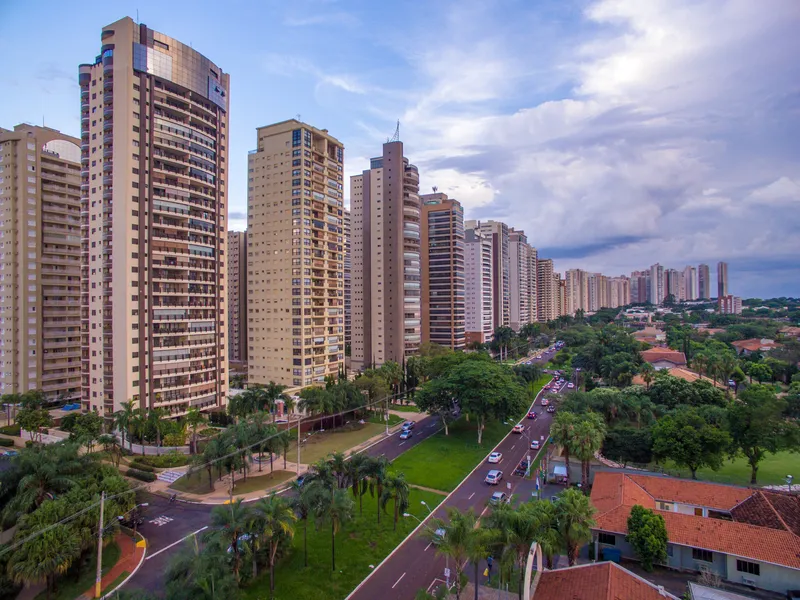The city of Łódź, Poland, has announced plans to install a new intelligent transport system that will control traffic flow and give priority to public transport.
Thought to be the largest intelligent transport system project in Poland, the US$24.9 million system will monitor 230 intersections in the country’s fourth-largest city and send data to a new operations centre via 500,000 km of copper cable laid through 50 kilometres of cable ducts.
Around 2,000 traffic signals will also be installed around the city, with 130 surveillance cameras and 30 licence plate recognition cameras operating at intersections to monitor the flow and speed of traffic.
New electronic passenger bulletin boards will appear at bus stops, and nine electronic boards installed by main roads will display real-time information to drivers on traffic jams and delays. At a new operations centre, staff will be able to decide when and if to change traffic lights to dictate flows of traffic.
The Łódź Department of Roads and Transport says that the primary purpose of the new system is to make urban bus and tram travel more efficient. Work will begin in early September and is expected to finish at the end of 2015.
Polish city plans large-scale ITS system
The city of Łódź, Poland, has announced plans to install a new intelligent transport system that will control traffic flow and give priority to public transport.
Thought to be the largest intelligent transport system project in Poland, the US$24.9 million system will monitor 230 intersections in the country’s fourth-largest city and send data to a new operations centre via 500,000 km of copper cable laid through 50 kilometres of cable ducts.
Around 2,000 traffic signals will also be installed around
August 18, 2014
Read time: 2 mins










